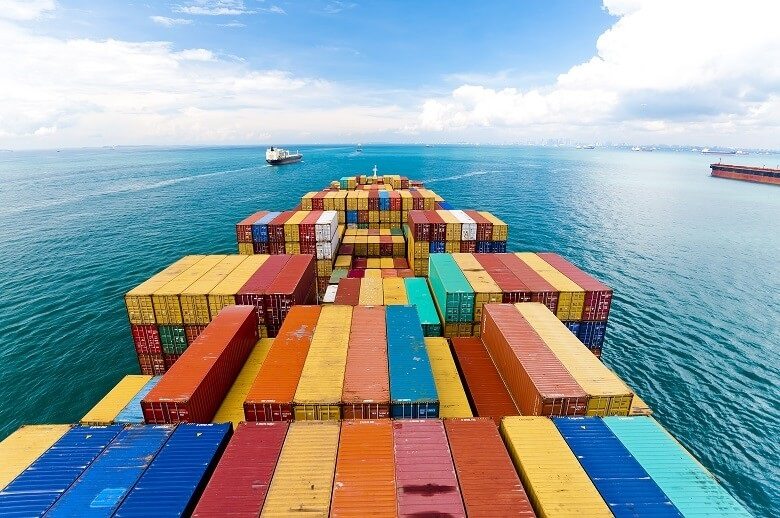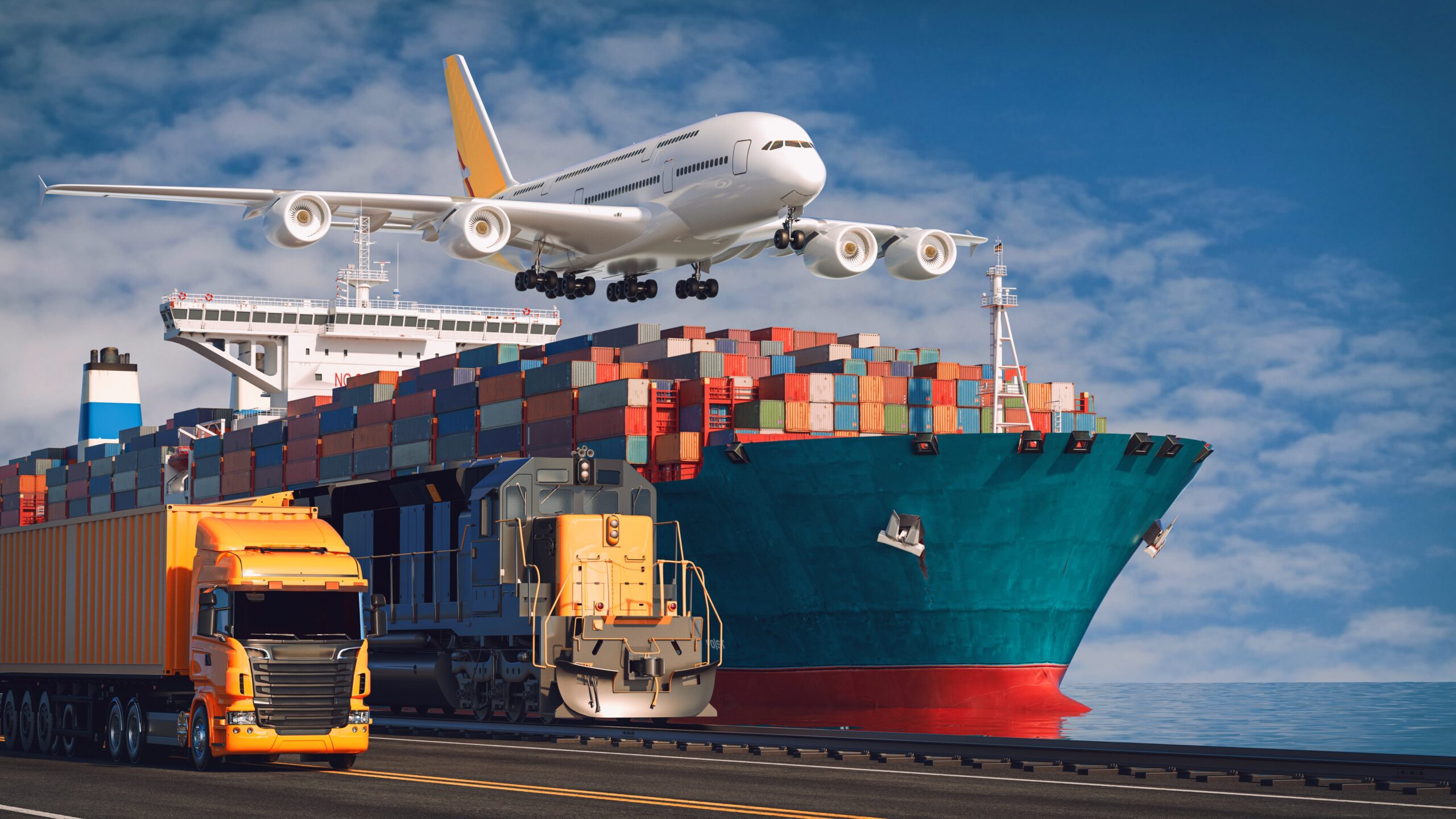Japan is the world’s fourth-largest importer of products. Japan and the United States have had a strong relationship, particularly in commerce, since the twentieth century. As a result, Japan is the United State’s fourth-largest goods trade partner in exports and imports. Japan is well-known around the globe for producing high-quality automobiles, electronics, and machinery, which are the top three Japanese imports into the United States. Find all information about shipping from Japan to the United States.
Shipping from Japan to the United States:
US-Japan Trade Agreement (USJTA) in 2020 removed or lowered tariffs on various items, and importing products from Japan to the US improved. Because of the great distance between the two nations, items from Japan are carried to the United States by air freight or ocean freight.
Shipping by the ocean:
Ocean freight is the most prevalent shipping method used by US importers. It enables the transportation of small and big cargo at a lesser cost than airfreight. Shipping expenses can also be reduced by selecting the right sort of container. When shipping larger and heavier items that can fill a 20’DV or 40’DV container, Full Container Load (FCL) is utilized, whereas Less Than Container Load (LCL) is used for smaller shipments that would not fill an entire container.
Ocean freight is the slowest choice when shipping from Japan to the US. Japanese exports often reach the West Coast in 15-20 days. Ships arrive at East Coast ports around 25 to 30 days.
Main Cargo Ports in Japan and the US
In Japan, there are over a thousand ports. Below are some of Japan’s major seaports.
Major Seaports in Japan:
- Nagoya Harbor In terms of cargo tonnage, Aichi is Japan’s busiest port; it handles almost 10% of Japan’s overall trade value. It is also Japan’s largest automobile exporter, with ties in 160 countries.
- The Port of Chiba is Japan’s second busiest cargo port. It faces Tokyo Bay and provides convenient access to Japan’s capital city. It is located in the prefecture of Chiba and handles over 160 million tonnes of freight every year.
- The port of Kobe is Japan’s fourth busiest, although it was the country’s most significant seaport until the Great Hanshin earthquake happened in 1995. It is located in Hyogo Prefecture and now links over 500 ports worldwide.
- The Port of Tokyo is one of Japan’s and the Pacific Ocean’s major seaports. It is a deep-sea port that handles around 100 million tonnes of cargo yearly.
- Yokohama Port opened in 1859 and is one of Japan’s major seaports. It, like the port of Chiba, is close to Tokyo Bay. It handles around 30% of Japan’s maritime freight.
The following are the major cargo ports in the United States:
- Tacoma is the third-largest seaport on the West Coast and is located in Washington. It is a member of the Northwest Seaport Alliance with the Port of Seattle. By volume, Japan is Tacoma’s most important trading partner.
- Oakland is located in the San Francisco Bay Area. It is the fifth-busiest container port in the United States and the fourth-largest on the West Coast. It handled more than 75% of Oakland’s Asian commodities in 2020.
- Long Beach is near Los Angeles. It is the second busiest container harbor in the United States and a trans-Pacific commercial gateway and handles around 7 million container units each year.
- Newark is the East Coast’s largest seaport and the country’s third busiest. It is the primary gateway to the New York Metropolitan Area.
- For the past two decades, Los Angeles has been the busiest container port in the United States. It handles 10 million container units yearly, and Japan is one of the Port of Los Angeles’ most important partners.
Air Freight:
Because of the substantially higher transportation rates, airfreight is a less common alternative than ocean freight to ship from Japan to the United States. Large items cannot be shipped by air freight. Moreover, airports provide extra protection. Therefore, transporting smaller shipments of expensive products by air freight is suggested.
Another benefit of air freight is the short travel periods it provides. Shipping by cargo planes is substantially faster than ocean freight, with orders arriving in the United States in as little as 2 to 4 business days. Similarly, fast shipping reduces transit time since there is no need to go through the rigorous processes required for conventional air freight.
Japan’s and the United States’ main freight airports:
The primary cargo airports in Japan having direct cargo planes to the US are:
- Tokyo (Haneda & Narita International Airport): these two airports in the Greater Tokyo Area are the busiest cargo airports in Japan, with Narita ranking 10th in the world. It also serves as a hub for Nippon Cargo Airlines.
- Osaka (Kansai International Airport) is Japan’s third-largest airport. It is situated on an artificial island in Osaka Bay, near Osaka. It is Japan’s principal FedEx Express hub.
The main cargo airports in the US are:
- Memphis (Memphis International Airport) is the world’s busiest cargo airport in terms of cargo traffic. It overtook Hong Kong International Airport with a total cargo throughput of 4.61 million tonnes in 2020.
- Anchorage (Ted Stevens Anchorage International Airport) is the second-largest cargo airport in the United States and the fifth-largest in the world. Because it is located in Alaska, it is frequently utilized as a transportation hub between the United States and Asia.
- Regarding total cargo throughput, Louisville (Louisville International Airport) is the third busiest airport in the United States.
- Miami (Miami International Airport) is one of the country’s busiest airline hubs. It serves more than 30 freight airlines.
- Regarding cargo traffic, Los Angeles (Los Angeles International Airport) is the seventh busiest freight airport in the United States. It is well connected to other California cities and has various cargo aircraft serving Asian nations.
Shipping from Japan to the US –tariffs and customs duty:
Many tariff reductions were made when the US-Japan Trade Agreement was enacted in January 2020, allowing numerous commodities to be imported at cheaper taxes. Nonetheless, importers will be required to pay customs duty on purchases that exceed the US Duty-Free level, in addition to the state’s sales tax.
When importing products from Japan, an import declaration form must be provided, along with the required documents:
- an invoice
- a bill of lading
- a certificate of origin
- all licenses and certificates required by the US law
- Customs duty payment slips
Selecting a Freight Forwarder:
It is best to compare freight rates before importing goods from Japan to the United States. Filling out a brief form on Custom Crating and Logistics is the simplest method to achieve this. After submitting your request, you will receive bids from multiple recognized freight forwarders, from which you may choose the one that best meets your needs.








